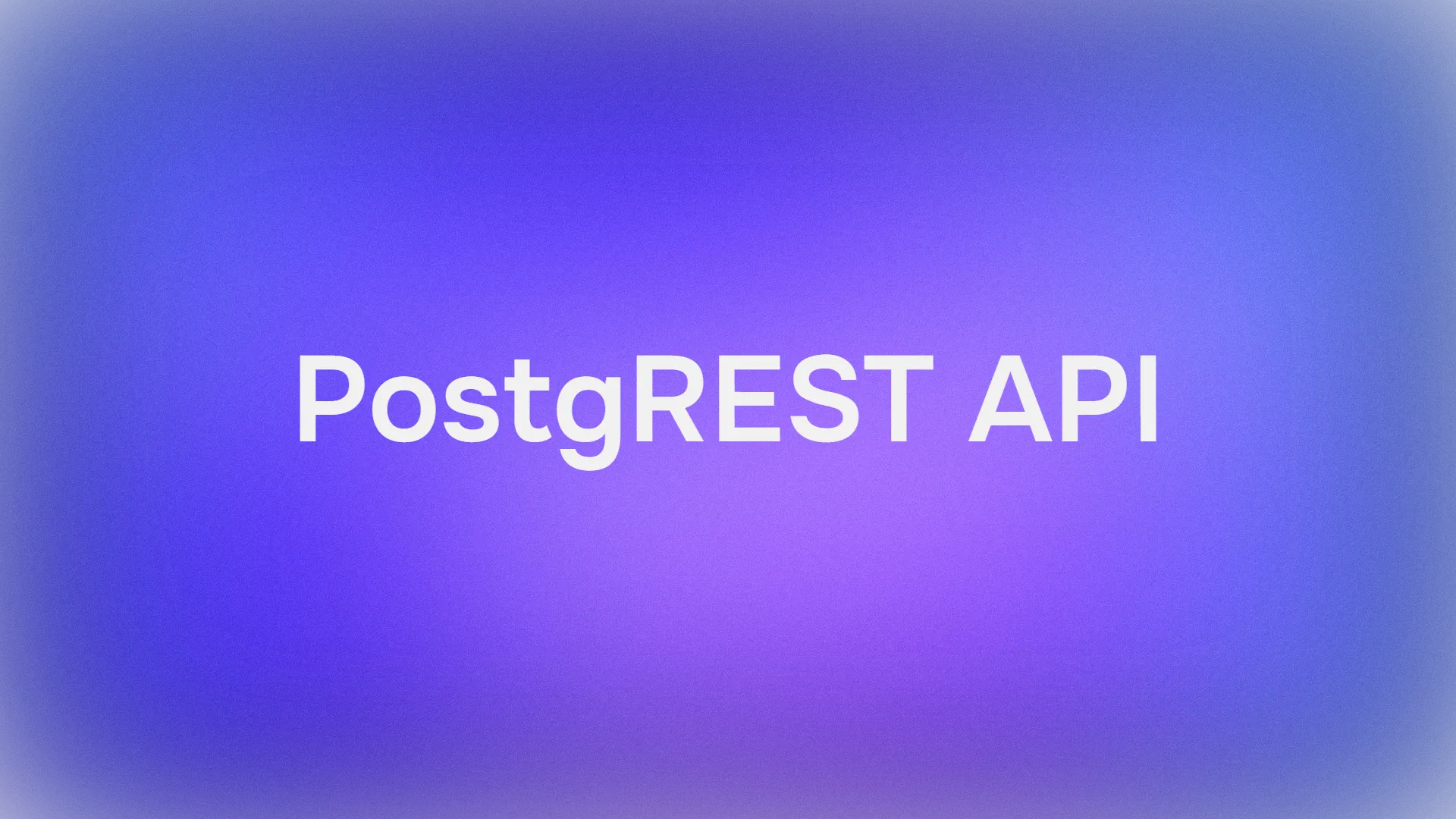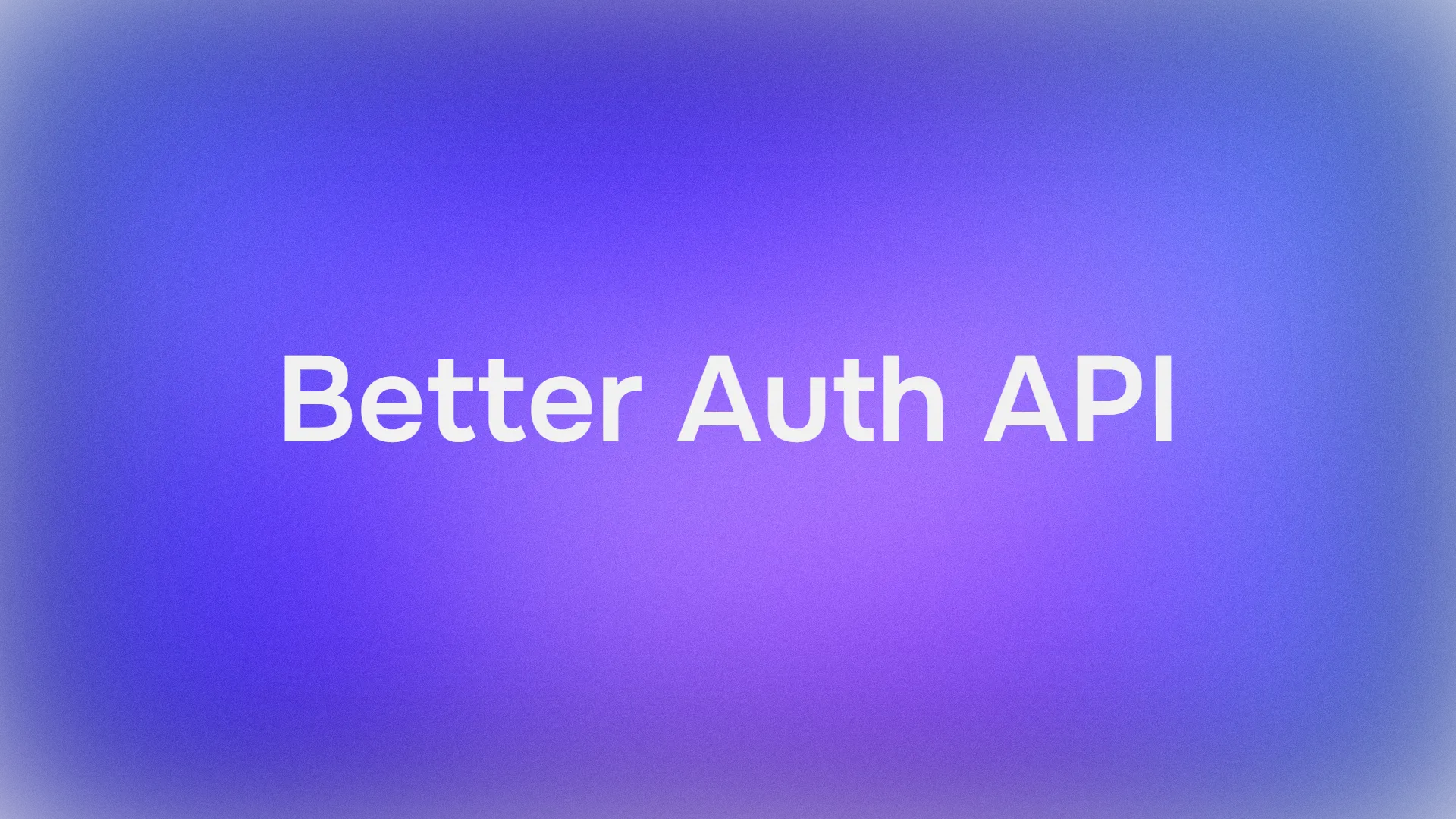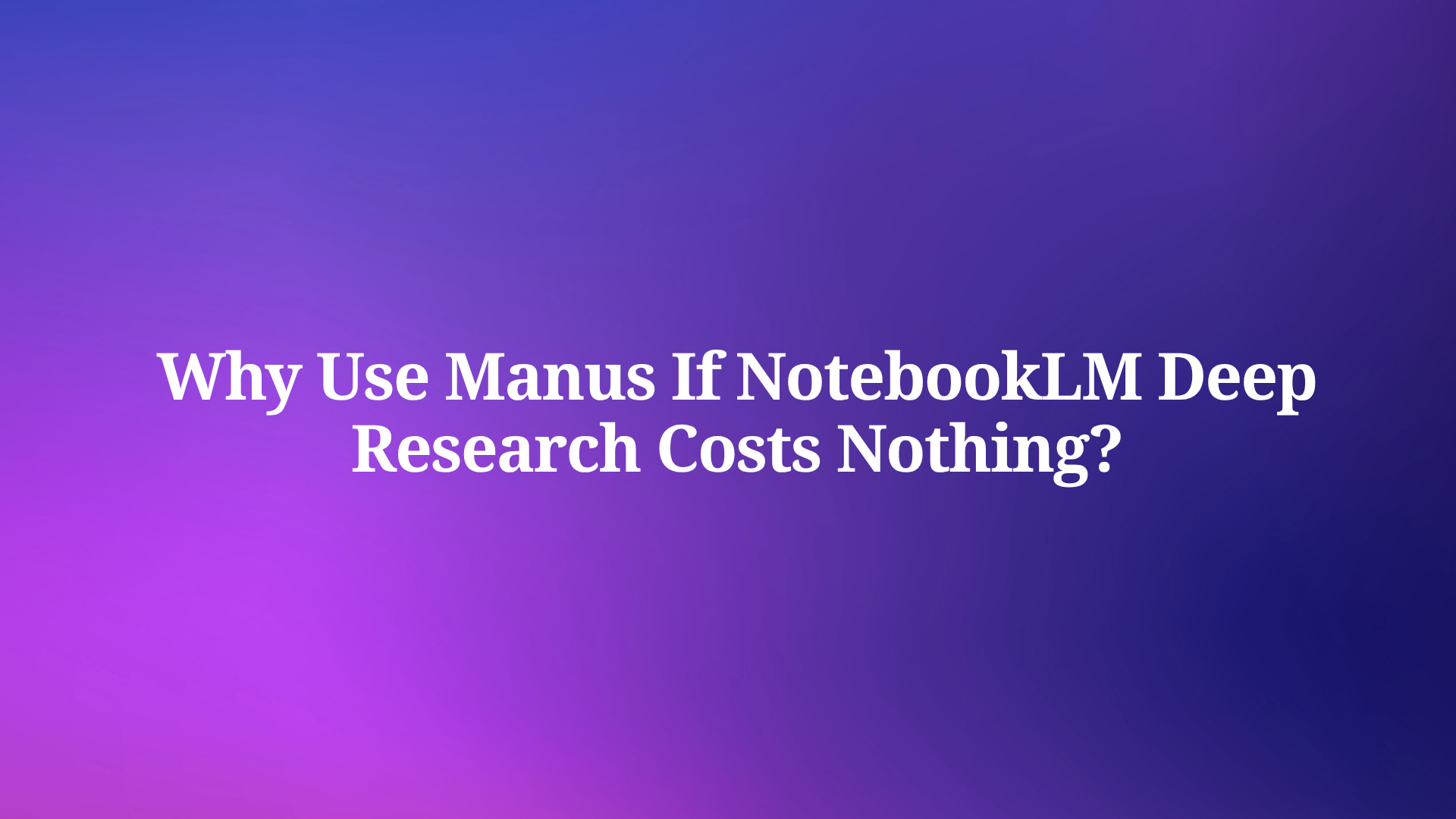The AI landscape has welcomed an impressive new contender with Moonshot AI's latest visual language models: Kimi VL and Kimi VL Thinking. Building on the success of their Kimi K1.5 model, which has already established itself as a formidable competitor to OpenAI's offerings, these new visual language models represent a significant leap forward in multimodal AI capabilities.
Apidog offers an integrated platform for API design, debugging, testing, and documentation, enabling teams to validate API functionality within their UAT workflows.
With features like collaborative workspaces, automated testing capabilities, and environment management, Apidog empowers QA professionals and business stakeholders to efficiently verify that API responses align with business requirements before production deployment.
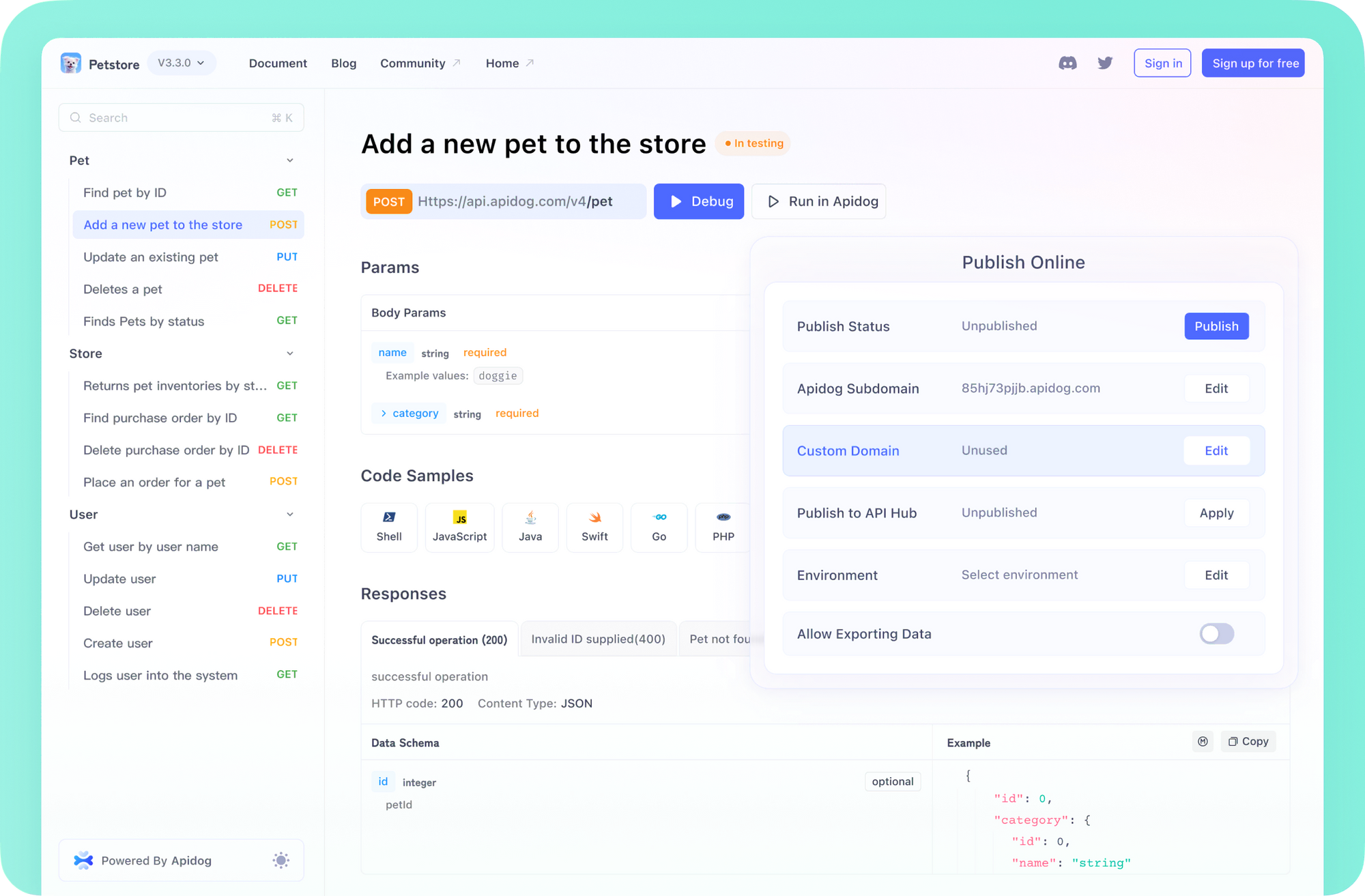
What Makes Kimi VL Special?
Kimi VL stands apart from traditional visual language models through its advanced integration of visual and linguistic understanding. Unlike conventional models that simply process images and text separately, Kimi VL creates a unified comprehension framework that allows for sophisticated reasoning across multiple modalities.
The model excels at detailed image analysis and interpretation, handling complex visual reasoning tasks with ease. Its architecture enables seamless integration of visual and textual information, allowing for a nuanced understanding of visual context and relationships that many competing models struggle to achieve.
Kimi VL Thinking: A Step Beyond Standard Processing

Kimi VL Thinking takes this multimodal approach even further by implementing advanced cognitive processing techniques. Drawing inspiration from human cognition, this model doesn't just analyze what it sees—it thinks about it.
The "Thinking" variant employs innovative training methodologies, including online mirror descent—a technique that allows the model to continuously refine its approach based on observed results. Much like finding the optimal route to school by testing different paths and learning from traffic patterns daily, Kimi VL Thinking constantly optimizes its reasoning processes.
You may access the Kimi VL & Kimi VL Thinking Models Huggingface Cards here:
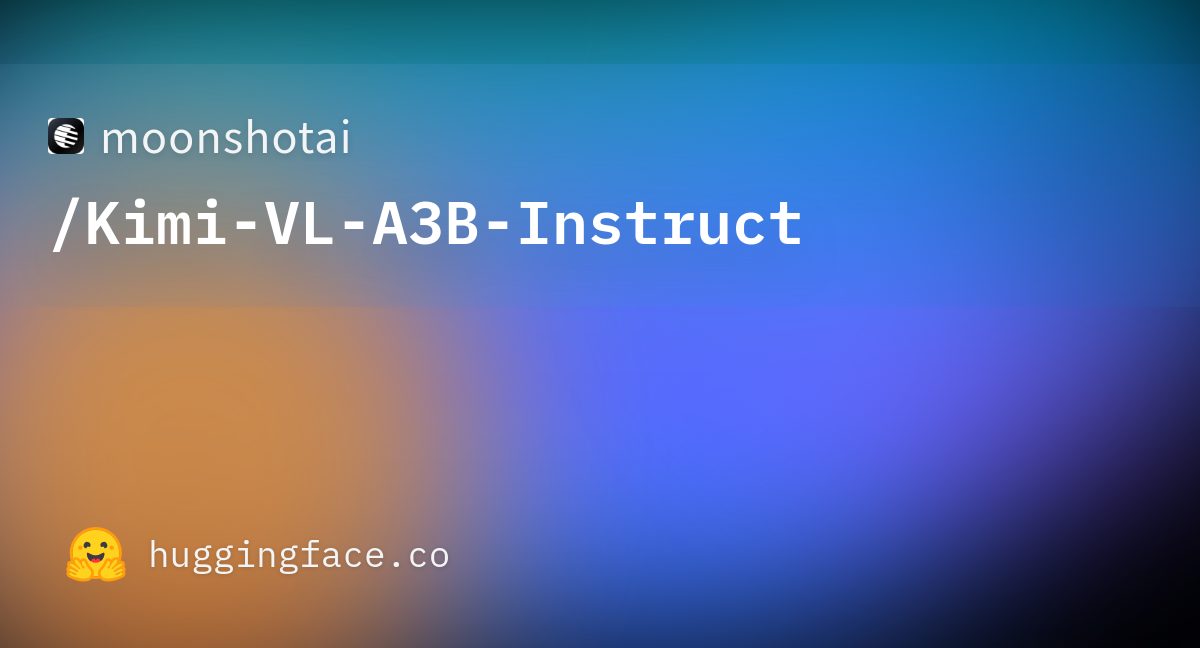
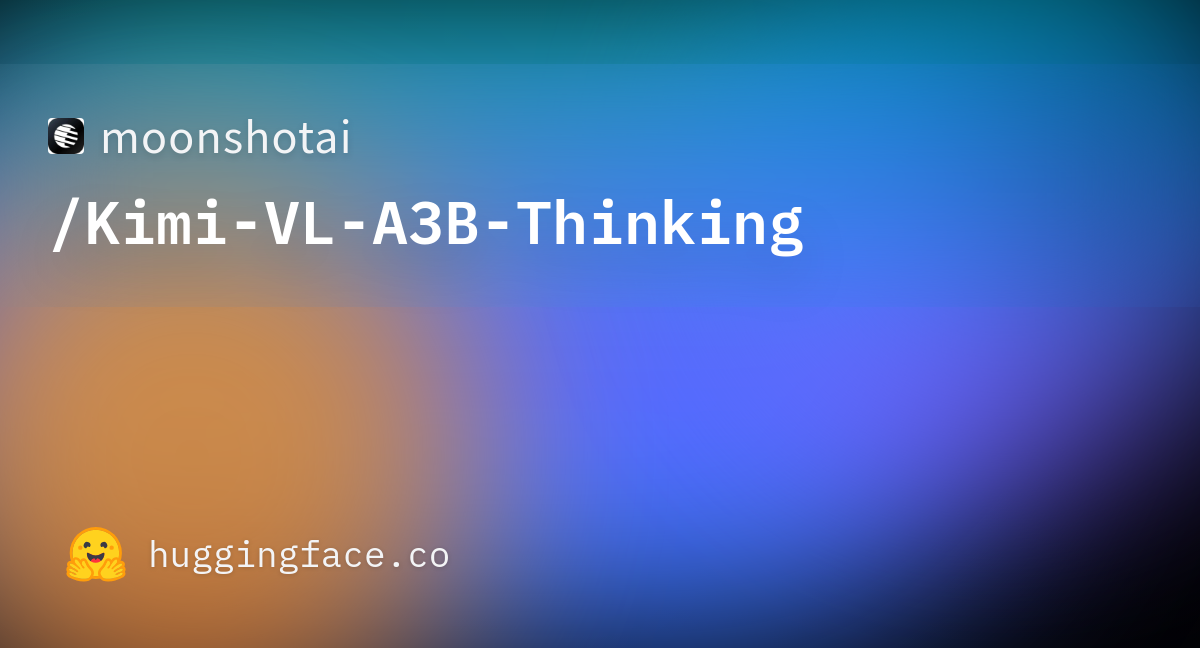
Why Kimi VL & Kimi VL Thinking are So Good?
Both models represent significant engineering achievements in the AI space. Kimi VL and Kimi VL Thinking feature enhanced reasoning capabilities that maintain context consistency throughout complex analyses. They incorporate improved error detection and correction mechanisms that reduce hallucinations and inaccuracies.

The models also leverage advanced adaptive learning systems that expand beyond static datasets, allowing them to generalize knowledge to new scenarios. Perhaps most impressively, they demonstrate strong multilingual and multicultural visual understanding, making them versatile tools for global applications.
Benchmark Performance of Kimi VL & Kimi VL Thinking

Visual Question Answering Performance
Kimi VL and Kimi VL Thinking have demonstrated impressive results across standard benchmarks. On VQAv2, Kimi VL Thinking achieves 80.2% accuracy, outperforming many contemporary models. For the GQA benchmark focused on compositional visual reasoning questions, it reaches 72.5% accuracy. When tackling questions requiring external knowledge in the OKVQA benchmark, the model maintains strong performance with 68.7% accuracy.

Visual Reasoning Capabilities
The models truly shine in complex reasoning tasks. On NLVR2, which evaluates natural language visual reasoning, Kimi VL Thinking achieves 85.3% accuracy. For VisWiz questions requiring detailed visual analysis, it scores 76.9% accuracy, demonstrating its capability to handle nuanced visual problems.

Complex Vision Task Handling
When evaluated on comprehensive multimodal benchmarks, both models show their versatility. On the MME Benchmark, they demonstrate strong performance across perception, reasoning, and knowledge-intensive tasks. For MMBench, Kimi VL Thinking achieves an 80.1% overall score, with particularly impressive results in spatial reasoning and detailed scene understanding.

Across all benchmark categories, the Thinking variant consistently outperforms the standard version on tasks requiring multi-step reasoning, showing a 12-18% improvement on complex problem-solving tasks that demand deeper analytical capabilities.
Using Kimi VL and Kimi VL Thinking

When implementing Kimi VL models in your applications, be mindful of their resource requirements. These models need significant VRAM (16GB or more is recommended) to run efficiently. Complex reasoning tasks may require longer processing time, especially with the Thinking variant.
Image resolution matters—the models work best with images sized at approximately 768x768 pixels. When processing multiple images, handle them in small batches to avoid memory issues. For optimal performance, keep your prompts under 512 tokens.
Understanding these technical considerations will help you maximize the models' capabilities while avoiding common pitfalls in implementation.
Installation and Setup Process
Getting started with these models from Hugging Face requires a few preparatory steps. First, install the required packages using pip:python
pip install transformers accelerate torch pillow
Then import the necessary libraries to prepare your environment:python
import torch
from transformers import AutoModelForCausalLM, AutoProcessor
from PIL import Image
Loading the Models
The models can be loaded with a few lines of code. For the standard instructional model:python
model_id = "moonshotai/Kimi-VL-A3B-Instruct"
processor = AutoProcessor.from_pretrained(model_id)
model = AutoModelForCausalLM.from_pretrained(
model_id,
torch_dtype=torch.float16,
device_map="auto"
)
For the more advanced thinking variant:python
thinking_model_id = "moonshotai/Kimi-VL-A3B-Thinking"
thinking_processor = AutoProcessor.from_pretrained(thinking_model_id)
thinking_model = AutoModelForCausalLM.from_pretrained(
thinking_model_id,
torch_dtype=torch.float16,
device_map="auto"
)
Basic Image Analysis with Kimi VL Instruct
Running a basic image analysis is straightforward. After loading your image, you can process it with a simple prompt:python
# Load image
image = Image.open("example_image.jpg")
# Prepare prompt
prompt = "Describe this image in detail."
# Process inputs
inputs = processor(text=prompt, images=image, return_tensors="pt").to("cuda")
# Generate response
with torch.no_grad():
output = model.generate(
**inputs,
max_new_tokens=512,
do_sample=True,
temperature=0.7
)
# Decode and print response
response = processor.decode(output[0], skip_special_tokens=True)
print(response)
Complex Reasoning with Kimi VL Thinking
For more complex analytical tasks, the Thinking variant offers enhanced reasoning capabilities:python
# Load image
image = Image.open("chart_image.jpg")
# Prepare prompt for detailed analysis
prompt = """Analyze this chart and explain the trends.
Break down your analysis into steps and provide insights about what might be causing these patterns."""
# Process inputs
inputs = thinking_processor(text=prompt, images=image, return_tensors="pt").to("cuda")
# Generate detailed reasoning
with torch.no_grad():
output = thinking_model.generate(
**inputs,
max_new_tokens=1024,
do_sample=True,
temperature=0.6
)
# Decode and print response
response = thinking_processor.decode(output[0], skip_special_tokens=True)
print(response)
Chained Reasoning for Complex Problems
One of the most powerful approaches with Kimi VL Thinking is breaking down complex tasks into sequential reasoning steps:python
# First ask for observation
first_prompt = "What objects can you see in this image?"
inputs = thinking_processor(text=first_prompt, images=image, return_tensors="pt").to("cuda")
with torch.no_grad():
output = thinking_model.generate(**inputs, max_new_tokens=256)
observations = thinking_processor.decode(output[0], skip_special_tokens=True)
# Then ask for analysis based on first response
second_prompt = f"Based on these observations: {observations}\n\nExplain how these objects might interact or relate to each other."
inputs = thinking_processor(text=second_prompt, images=image, return_tensors="pt").to("cuda")
with torch.no_grad():
output = thinking_model.generate(**inputs, max_new_tokens=512)
analysis = thinking_processor.decode(output[0], skip_special_tokens=True)
Optimizing Models for Specific Tasks
Different tasks benefit from different generation settings. For detailed factual descriptions, use a lower temperature (0.3-0.5) and higher maximum token length. Creative responses work better with higher temperature settings (0.7-0.9) combined with nucleus sampling.
When accuracy is paramount, such as in factual analysis, use a lower temperature with beam search. For step-by-step reasoning tasks, the Thinking variant with structured prompts yields the best results.
Here's an example configuration for detailed factual analysis:python
inputs = processor(text=prompt, images=image, return_tensors="pt").to("cuda")
with torch.no_grad():
output = model.generate(
**inputs,
max_new_tokens=512,
num_beams=4,
temperature=0.3,
no_repeat_ngram_size=3
)
Prompt Engineering for Kimi VL Thinking
The Thinking variant responds best to carefully crafted prompts that guide its reasoning process. For structured analysis, frame your prompt to request step-by-step examination: "Analyze this image step by step. First describe what you see, then explain relationships between elements, and finally provide overall conclusions."
Chain-of-thought prompting also works exceptionally well: "Think through this problem carefully: [problem]. First, identify relevant visual elements. Second, consider how they relate to the question. Third, formulate your answer based on this analysis."
Comparison prompts drive the model to perform detailed contrasting analysis: "Compare the left and right sides of this image. What are the key differences? Explain your reasoning process."
For exploring hypothetical scenarios, counterfactual reasoning prompts are effective: "What would change in this scene if [element] was removed? Walk through your thinking."
The model performs best when prompts are clear, specific, and explicitly ask for reasoning rather than just answers.

